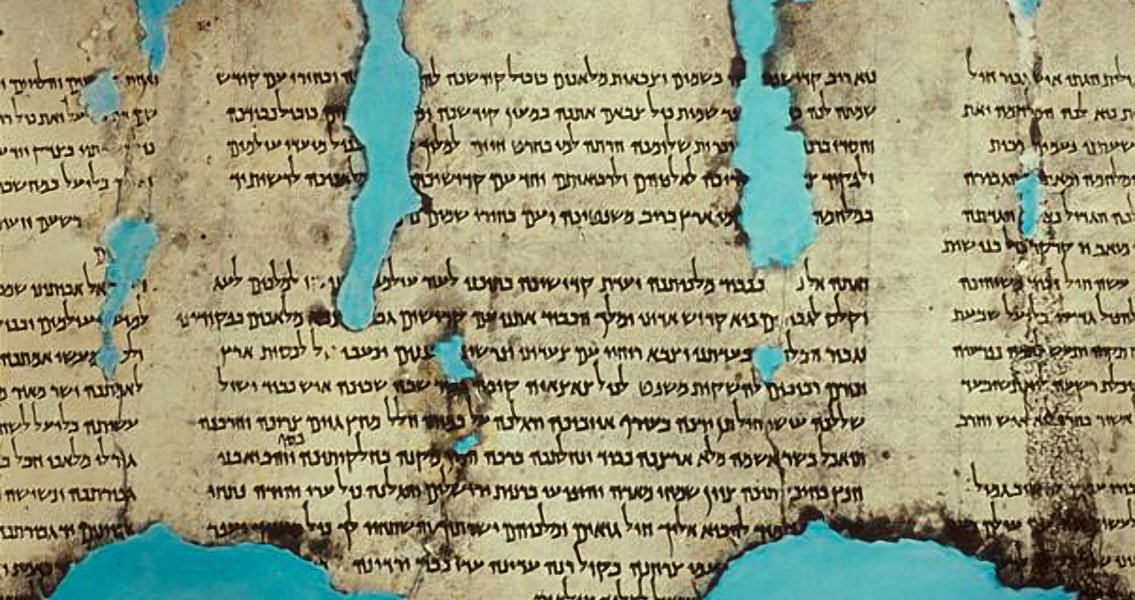<![CDATA[For many historians, theologians and archaeologists, the Dead Sea Scrolls were the most important archaeological discovery of the twentieth century. The ancient collection of texts includes the oldest known biblical manuscripts, as well as a host of other religious and non-religious documents. The first set of scrolls were stumbled upon by a group of teenage Bedouin shepherds tending their flocks close to the ancient settlement of Qumran. After one of the shepherds threw a stone into a cave on the side of a cliff and heard the sound of pottery shattering, they decided to explore the cave. They found a group of large clay jars, seven of which contained leather and papyrus scrolls. Initially sold to an antiquities dealer, the scrolls eventually found themselves in the hands of scholars who estimated they were over 2,000 years old. Word of the remarkable discovery started to spread, inspiring treasure hunters and archaeologists to descend on the area. Thousands of additional fragments of scrolls were discovered in eleven different caves, making up 972 manuscripts in total. The Bedouins responsible for the initial discovery received just $35 for their finds. Just a few years later, the original Dead Sea Scrolls were purchased on behalf of archaeologist Yigal Yadin for $250,000. Two types of literature are found among the Qumran cave scrolls, both of which are pivotal to understanding the history of Judaism, and the region. Around 230 are considered biblical manuscripts, fragments of text that are found in today's Hebrew Bible. The rest are other religious writings which were likely in circulation during the Second Temple Era (530 BCE to 70 CE) and are generally related to the Hebrew Bible in some way. The Dead Sea Scrolls cover a broad time span ranging from the third century BCE to the first century CE, just before the destruction of the Second Temple in 70 CE. Hebrew is the most frequently used language in the scrolls but 15% are written in Aramaic and several in ancient Greek. Exactly who wrote the Scrolls is unclear. The fact many seem to be sectarian in nature has led to a prevailing theory that they were created by a devout, ascetic and communal Jewish sect called the Essenes, who lived in Judea during the Roman era. One of the strongest pieces of evidence supporting this view is the similarities between the rituals and traditions described in a Dead Sea Scroll known as the 'Community Rule', and the description of Essene rituals by Roman historian Flavius Josephus. The Dead Sea Scrolls provide insight into the history of the Hebrew Bible. Among them are partial or complete copies of every book apart from the Book of Esther. Stunningly, many of the texts in the Dead Sea Scrolls closely resemble the Masocretic text, the accepted text of the Hebrew Bible, despite being over a thousand years older. They also provide a fascinating insight into the diversity and complexity of the Second Temple Era, when different Judean groups vied for political and religious dominance. The Dead Sea scrolls paint a picture of a diverse society, more complicated and colourful than historians had previously realised.]]>
What are the Dead Sea Scrolls?
